What a week we’ve reached! The Days of Awe, days of introspection, Yom Kippur, rehearsing death (reminding us of our impermanent lives), reaching for the angels of our better and purest nature, ushering in the harvest of Sukkot. It’s a lot. It’s the whole cycle of time, the inner work of a lifetime, telescoped into an intense window of reflection, ritual and repair.
What if this week really were our lifetime? Jewish wisdom calls us to live each day just that way – as if it were our last (Talmud, Shabbat 153a) – because someday it will be. Among Yom Kippur’s many reminders is that we’re mortal, and that our mortality gifts us with the precious impulse to treasure each day, so that we can attain a heart of wisdom (Ps. 90:12).
If this week really were our lifetime, what might we do? We might make special effort to savor special people and places; we might give forgiveness and ask forgiveness; we might wrap up unfinished business. Maybe we’d write a “swan song” – an ethical will to offer loved ones our emotional and spiritual legacy after we pass from this world. Or maybe we’d write a poem, as Moses did in this week’s Torah portion (Ha’azinu) before his death. Indeed, the whole of this week’s Torah portion is that poem – the poem of Moses’ life, his hopes for the nation he’ll leave behind, his ethical will to the world.
What would be the poem of your life?
During this week that connects Yom Kippur’s mortality and renewal with Sukkot’s harvest and celebration, we rehearse Moses’ swan song precisely to connect the two. We harvest life’s bounty by rehearsing mortality and purifying all we can. We reach deepest in so that we can reach farthest out. We write the poem of our lives. What will yours be?
Shanah tovah.
Rabbi David Evan Markus
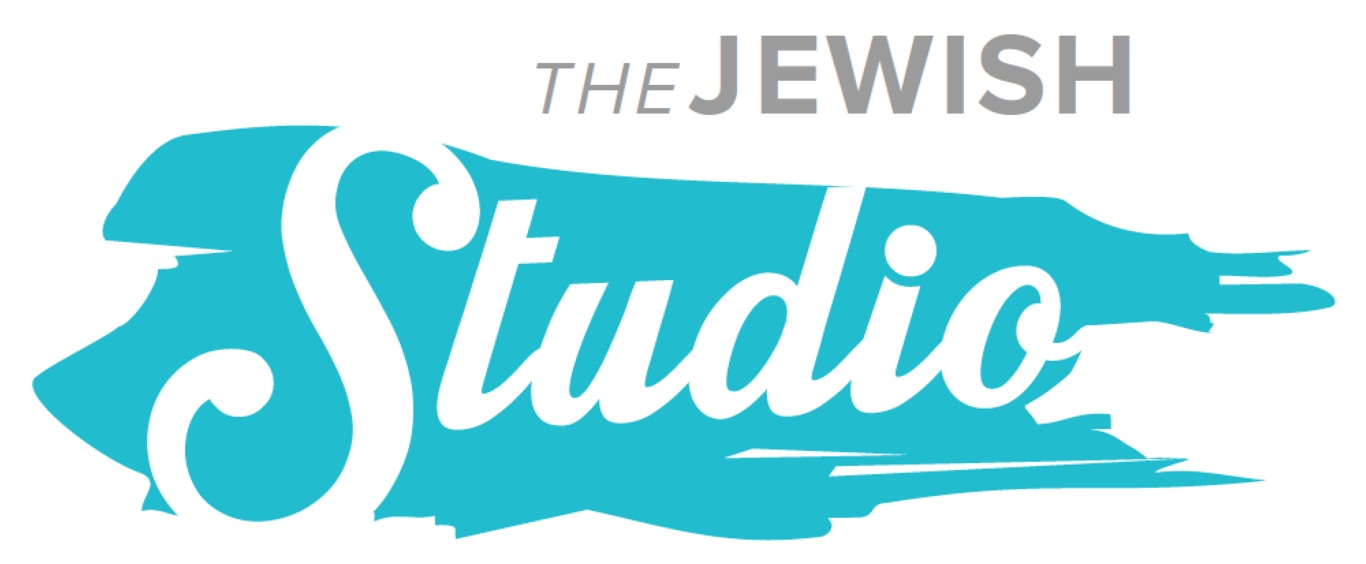
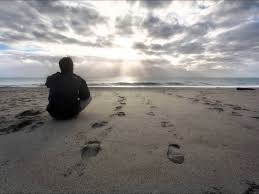
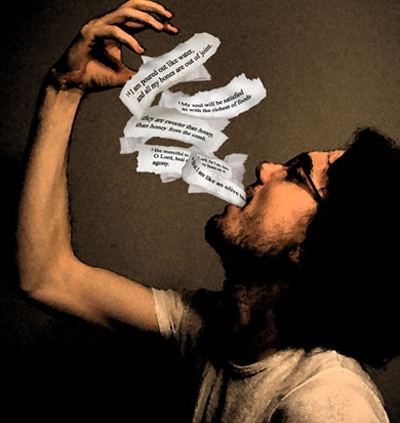
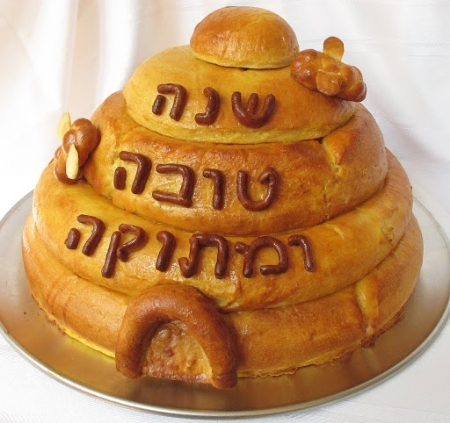

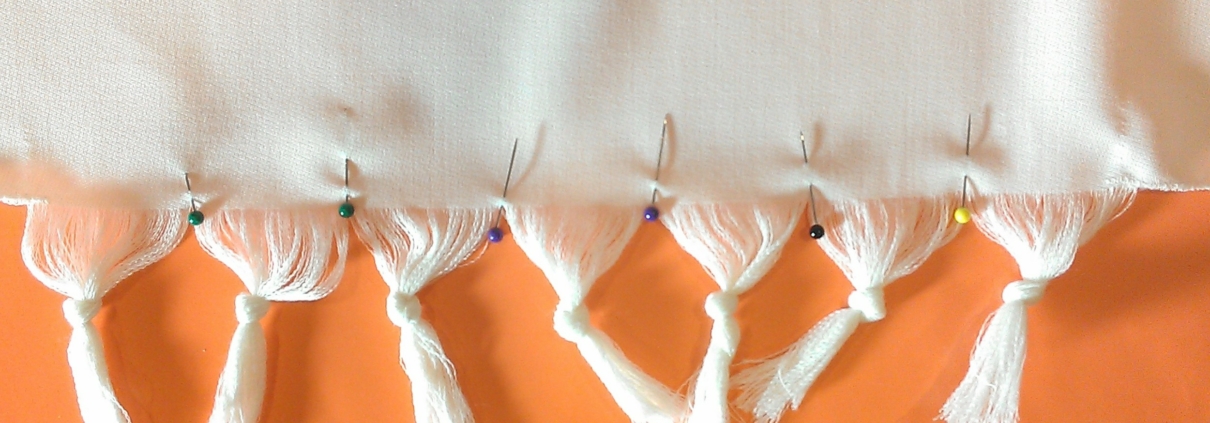








 Evan J. Krame was ordained as a rabbi by the
Evan J. Krame was ordained as a rabbi by the